A dry mouth at 3 a.m., a sore jaw on waking, a partner who nudges you about snoring. Small signs, yet they point to a shared source: the way you breathe and how your jaw sits during sleep. A simple strip of elasticated tape, used well and paired with a few small habits, can shift that picture. Myotape is drawing attention for good reason.
It is not magic. It is a gentle prompt that encourages your lips to meet, which nudges the tongue up to the palate, which steadies the lower jaw. And over nights and weeks, small changes add up.
Let’s look at how this works, who it suits, and how to get started with confidence.
Why lip seal influences jaw position
Lips that stay together at rest support a chain of events inside the mouth. When the lips close, the tongue tends to rise and rest on the roof of the mouth. That position is the anchor for the jaw. With the tongue up and forward, the lower jaw sits slightly up and back in a stable bite, the airway opens behind the tongue, and the muscles of the face can relax.
Open-mouth breathing tells a different story. The tongue drops low, the lower jaw drifts down and back, and the mouth dries. That can set the scene for noisy breathing, tooth grinding, and morning jaw tension. Over time, a mouth-open habit can influence bite in children and strain chewing muscles in adults.
Small changes in lip seal can stabilise this system. That is where myotape enters.
What Myotape is and how it works
Myotape is an elastic, skin-safe tape designed to sit around the lips rather than across them. The centre opening remains free, so you can part your lips or cough if needed. The elastic gently shortens the distance between the corners of the mouth, prompting a natural seal.
This design aims to:
- Encourage nasal breathing without fully sealing the mouth
- Promote a light lip-to-lip contact that reminds the tongue to rest on the palate
- Reduce mouth dryness and postural drift of the lower jaw during sleep
- Offer a training effect while awake for people who habitually breathe through the mouth
Unlike full mouth tape, you can still speak a little, sip water through a straw, and remove it quickly. That extra margin comforts cautious users and suits those testing nasal breathing for the first time.
Who may benefit and who should wait
People who often wake with dry mouth, noisy breathing at night, or morning jaw tightness frequently report improvement with consistent use. Those with mild teeth grinding from airway strain, and those whose lips part during sleep because of habit rather than fixed obstruction, can do well. Children who mouth-breathe may use a child version during the day under adult supervision to build better resting posture.
There are cases where you should press pause and seek guidance first:
- A blocked nose you cannot clear
- Untreated moderate to severe sleep apnoea
- Recent vomiting, reflux flares, or nausea
- Skin conditions around the lips or adhesive allergy
- Significant anxiety about taping that triggers panic
- Heavy alcohol, sedatives, or opioids before bed
- Respiratory infection or active wheeze
If you use a mandibular advancement device, CPAP, or a retainer, you can still consider myotape. Check fit and comfort with your clinician or dentist so the combination supports your airway and does not disturb your bite.
Getting started: a simple plan
Start in daylight. Comfort and confidence matter.
Week 1
- Apply for 15 to 30 minutes while reading or working quietly.
- Practise nasal breathing. If your nose feels congested, use a saline spray and gentle nose clearing.
- Remove it if you feel distressed, then try again the next day.
Week 2
- Use it for an evening routine: 30 to 60 minutes before bed.
- Add a short nasal breathing drill, like a 4 second inhale, 6 second exhale, to settle the nervous system.
Week 3
- Try the first half of the night only. Place the tape, sleep, and if you wake and want it off, remove it.
- Keep notes on dry mouth, snoring reports, and morning jaw comfort.
Week 4 and beyond
- Wear through the night if you feel settled.
- Adjust based on comfort, skin response, and sleep quality.
Small, steady steps beat a single bold night that leaves you uneasy. The goal is a calm habit, not a test of willpower.
Practical tips for comfort and skin care
Skin health keeps this practice sustainable.
- Clean, dry skin helps adhesion and gentle removal
- Avoid heavy lip balm right before taping
- Place the tape with light tension; let the elastic do the work
- To remove, support the skin with one hand and peel slowly
- If you are prone to irritation, test on your forearm for 30 minutes first
If the corners of your mouth feel tender, skip a night and apply a thin layer of barrier balm an hour before bedtime. Then wipe the area clean before reapplying the tape.
Lip seal, nasal airflow, and the airway
A clear nose is the foundation. You cannot expect a relaxed mouth seal if you are fighting for air. Consider a simple nasal care routine in the early evening:
- Saline rinse or spray to clear mucus and allergens
- Short nasal breathing drills to reduce sensitivity to CO2
- A warm shower or steam to loosen mucus
- If appropriate, a nasal strip to support the outer walls of the nose
Persistent blockage merits an ENT review. Structural issues like a deviated septum or enlarged turbinates are common and manageable.
Combining with myofunctional therapy
Myotape encourages a good habit during rest. Myofunctional therapy trains the muscles that drive that habit all day.
Key elements:
- Tongue posture: tip and body resting on the palate, not the floor of the mouth
- Lip seal: light, effortless contact at rest
- Nasal breathing day and night
- Correct swallowing pattern without cheek or lip strain
Sample routine, 6 minutes total:
- Tongue press: tip to the spot just behind the front teeth, then press the whole tongue up for 5 seconds. Repeat 10 times.
- Lip seal holds: hold a gentle closed-lip posture against light resistance from a finger on the lips for 3 seconds. Repeat 10 times.
- Chew and swallow: chew a small piece of sugar-free xylitol gum on each side, focus on keeping lips together and the tongue up, then swallow without thrusting the tongue forward.
This work strengthens the foundation so myotape serves as a prompt, not a crutch.
Sleep quality, snoring and clenching
Mouth breathing dries tissues and can narrow the airway behind the tongue. That often ramps up snoring. Lip seal can quieten this, especially in mild cases tied to posture rather than anatomy.
Clenching and grinding are often airway responses. The brain senses resistance, raises muscle tone, and the jaw works harder. By improving nasal airflow and tongue posture, many people feel a softer bite at night and less jaw fatigue in the morning.
This does not replace assessment for sleep apnoea. Daytime sleepiness, frequent waking, gasping, or witnessed pauses in breathing should prompt a sleep study. Myotape can be part of a plan, not the whole plan.
What to expect over weeks and months
Early changes usually show up quickly:
- Less dry mouth overnight
- Fewer mouth-waking episodes
- Quieter breathing reported by a bed partner
- Calmer jaw on waking
Structural changes in bite are slower and more nuanced. Adults can expect better muscle tone and posture rather than a reshaped jaw. Children, under guidance, can gain more from consistent nasal breathing and tongue posture as their faces grow.
Track a few simple metrics:
- Dry mouth score in the morning, 0 to 10
- Snoring minutes per night on a sleep app
- Morning jaw comfort, 0 to 10
- Nasal patency test time: after a gentle breath-hold, how many comfortable seconds before a need for air
Change wins when it is measured.
Comparing options for lip seal and jaw support
Different tools suit different people. This overview can help you choose and combine wisely.
| Method | Main aim | Strengths | Limits | Best for |
|---|---|---|---|---|
| Myotape | Encourage lip seal and nasal breathing | Elastic, allows some movement, child-friendly versions, quick removal | Needs clear nose, mild skin irritation possible | Habit training, first-time users, pairing with myofunctional work |
| Full mouth tape | Firm seal of the lips | Strong prompt, very quiet mouth | Can feel restrictive, not suitable for all | Experienced users with reliable nasal airflow |
| Chin strap | Supports jaw closure | Reusable, no adhesive on skin around lips | Can push jaw back if poorly fitted, variable comfort | People who dislike adhesives, pairing with CPAP |
| Mandibular advancement device | Moves lower jaw forward to widen airway | Strong effect on airway collapsibility, evidence base for snoring and sleep apnoea | Dental oversight required, bite side effects in some | Diagnosed sleep apnoea or severe snoring |
| Myofunctional therapy | Retrains tongue, lips, and swallow | Builds lasting habits, helps facial growth in children | Requires daily practice, results take time | All ages, especially mouth breathers and tongue thrusters |
You do not have to pick one. Many people use myotape with a nasal strip, or with a mild jaw support, while working on tongue posture.
Common questions
Is it safe to tape my mouth at night? Myotape sits around, not across, the lips and allows quick removal. It suits those with clear nasal passages and without high-risk conditions. If unsure, try it while awake first and speak to your clinician if you have respiratory or sleep concerns.
Will it stop me from breathing if my nose blocks? The centre opening and elastic allow mouth opening if needed. That said, do not use it when badly congested. Treat your nose first.
What if I feel panicky? Start with short, awake trials. Use a small piece at each corner of the mouth rather than a full ring for a few days. Gradually increase time until it feels ordinary.
Can it fix my bite? It can improve muscle tone and resting posture. Adults are unlikely to change bone shape with tape alone. Children may benefit more when lip seal and tongue posture are addressed early, guided by a clinician.
Does it help with braces or aligners? It can reduce mouth dryness and promote better tongue position while you wear orthodontic appliances. Check with your orthodontist so the tape does not interfere with elastics or aligner wear.
Troubleshooting checklist
- Tape falls off: clean skin, try a fresh strip, reduce lip balm, place with light tension
- Skin irritation: test a different size, use a hypoallergenic version, skip a night, apply barrier balm earlier in the evening and wipe before taping
- Nose feels blocked: evening saline rinse, short breath-hold drills, consider a nasal strip, ask an ENT if persistent
- Dry mouth persists: check for mouth leaks, evaluate reflux and medications, add room humidity, sip water earlier in the evening
- Snoring unchanged: review sleep position, check BMI and alcohol intake, consider a sleep study, discuss a mandibular device
A jaw-friendly bedtime routine
Small choices in the hour before lights out support quieter breathing.
- 60 minutes before bed: light walk or gentle yoga to reduce arousal
- 45 minutes: warm shower or facial steam to loosen nasal passages
- 30 minutes: saline nasal rinse, then a 4 in, 6 out breathing cadence for 5 minutes
- 15 minutes: apply myotape, read or listen to a calm audiobook
- At lights out: side sleeping with a supportive pillow that keeps the neck neutral
Avoid a large late meal and heavy alcohol. A cool, dark, quiet room supports more stable sleep and steadier breathing patterns.
For parents of mouth-breathing children
Daytime habits shape night-time behaviour. Encourage:
- Chewing firm foods that match age and safety
- Lips together at rest with the tongue up
- Nasal hygiene and allergy care
- Time outdoors and a clear bedtime routine
Myotape has child versions designed for supervised daytime use. Ask a dentist trained in airway and facial growth, or a myofunctional therapist, for a tailored programme.
Evidence and what we still need
The link between nasal breathing, tongue posture, and craniofacial growth has a strong base in orthodontic and sleep literature. Mouth taping research is smaller but growing, with pilot studies reporting reduced snoring and dry mouth when nasal airflow is adequate. Larger trials will help clarify who benefits most, the best dosing, and long-term effects on jaw muscle function.
Clinical sense still matters. Combine tools with careful assessment and adjust based on symptoms, sleep data, and comfort.
A realistic weekly plan to trial
Day 1 to 2
- Test adhesion on your forearm for 30 minutes
- Practise nasal breathing with a gentle pace
Day 3 to 4
- Wear myotape for 20 to 30 minutes while reading
- Record a dry mouth score each morning
Day 5 to 6
- Use in the evening for 60 minutes
- Add lip and tongue drills for 6 minutes
Day 7 to 10
- First half of the night only
- Track snoring minutes with a simple app
Day 11 to 14
- Full night if comfortable
- Review notes, adjust routine, and consider next steps: keep going, combine with a nasal strip, or speak with a clinician for added support
The aim is a quiet, moist mouth, a steady tongue on the palate, and a rested jaw by morning. With a clear nose and consistent practice, myotape can help you get there.











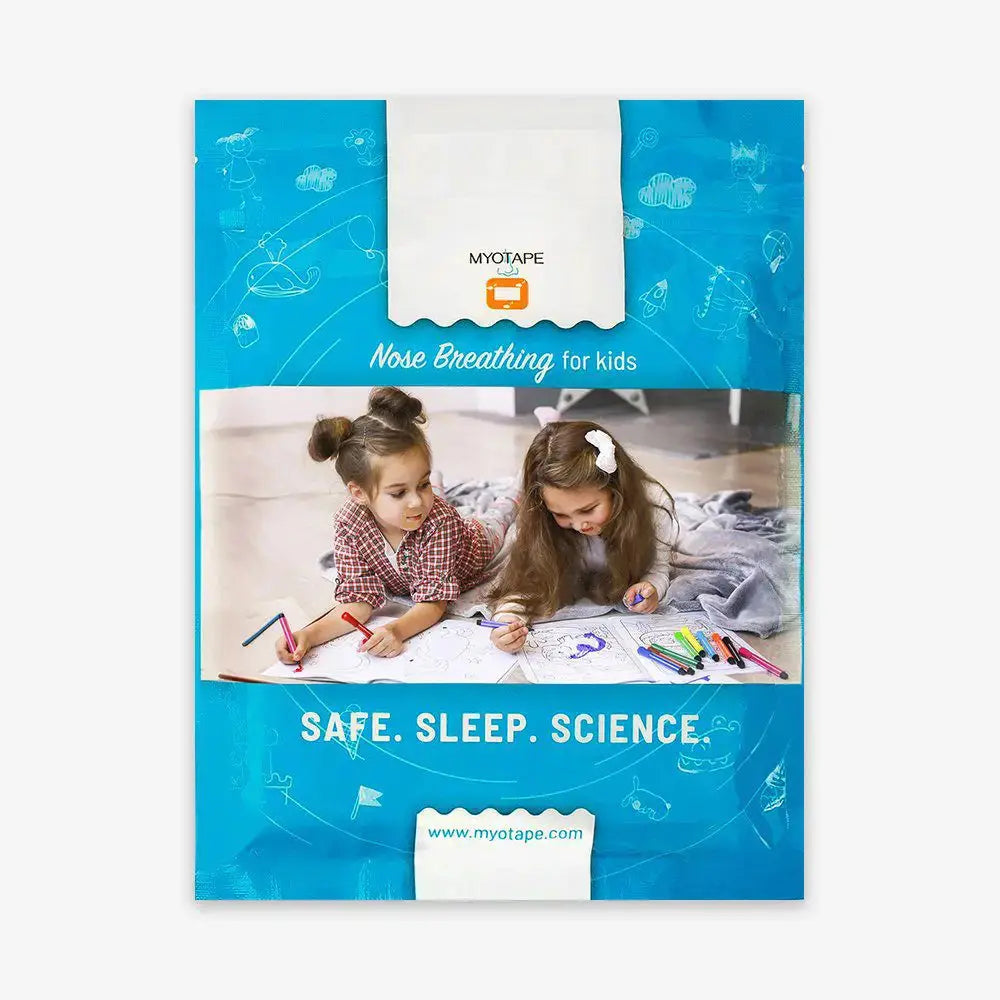
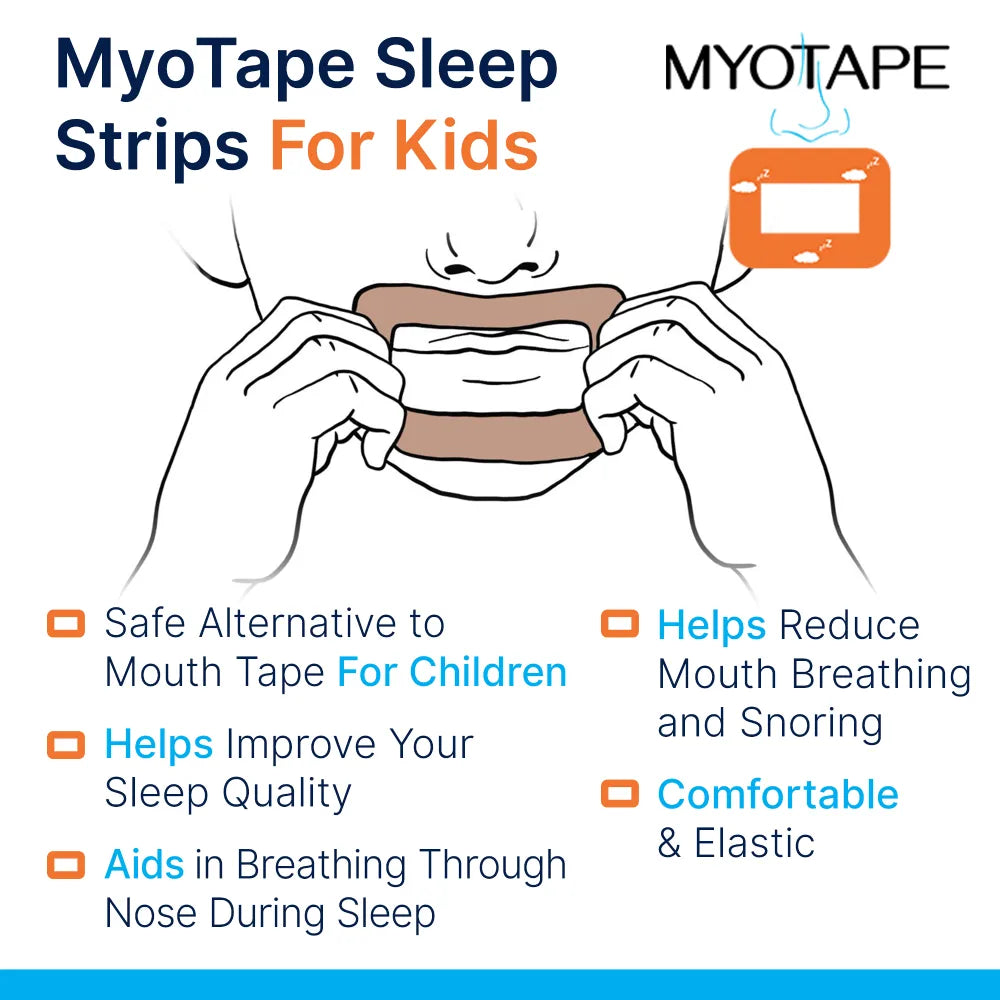
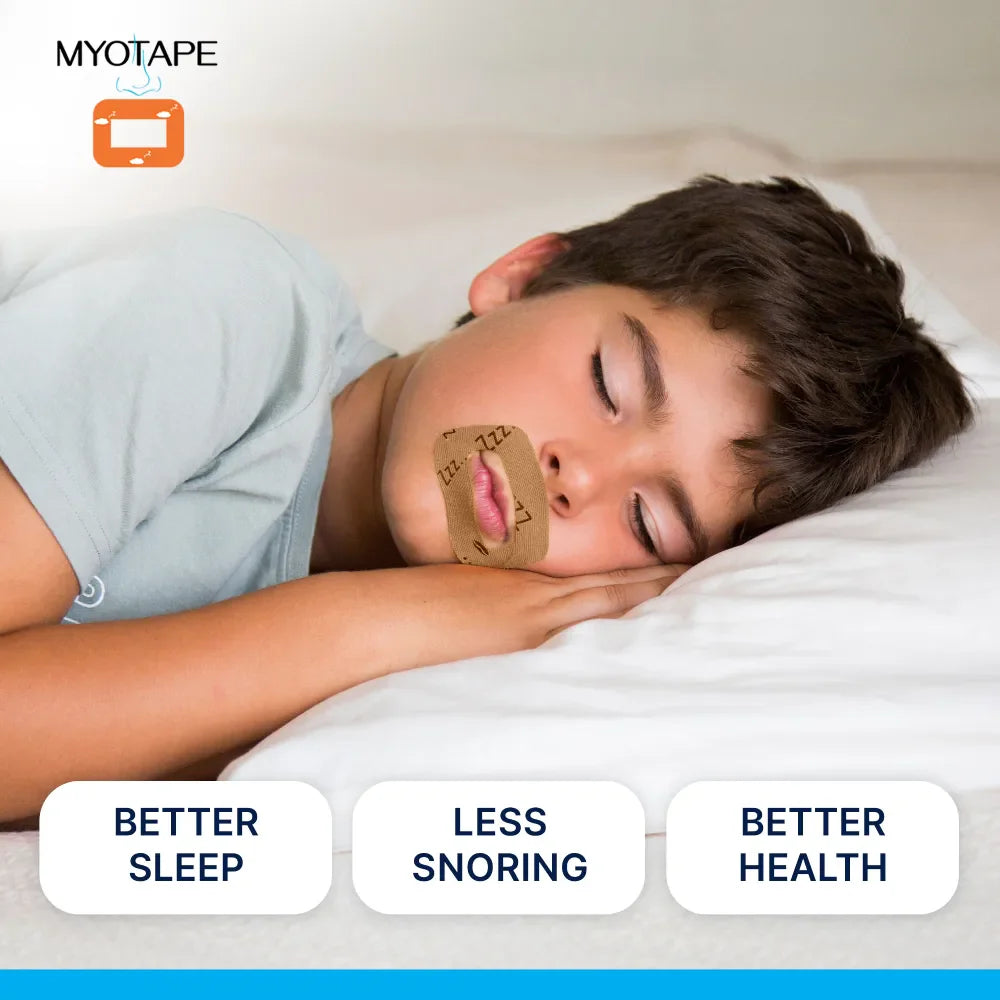
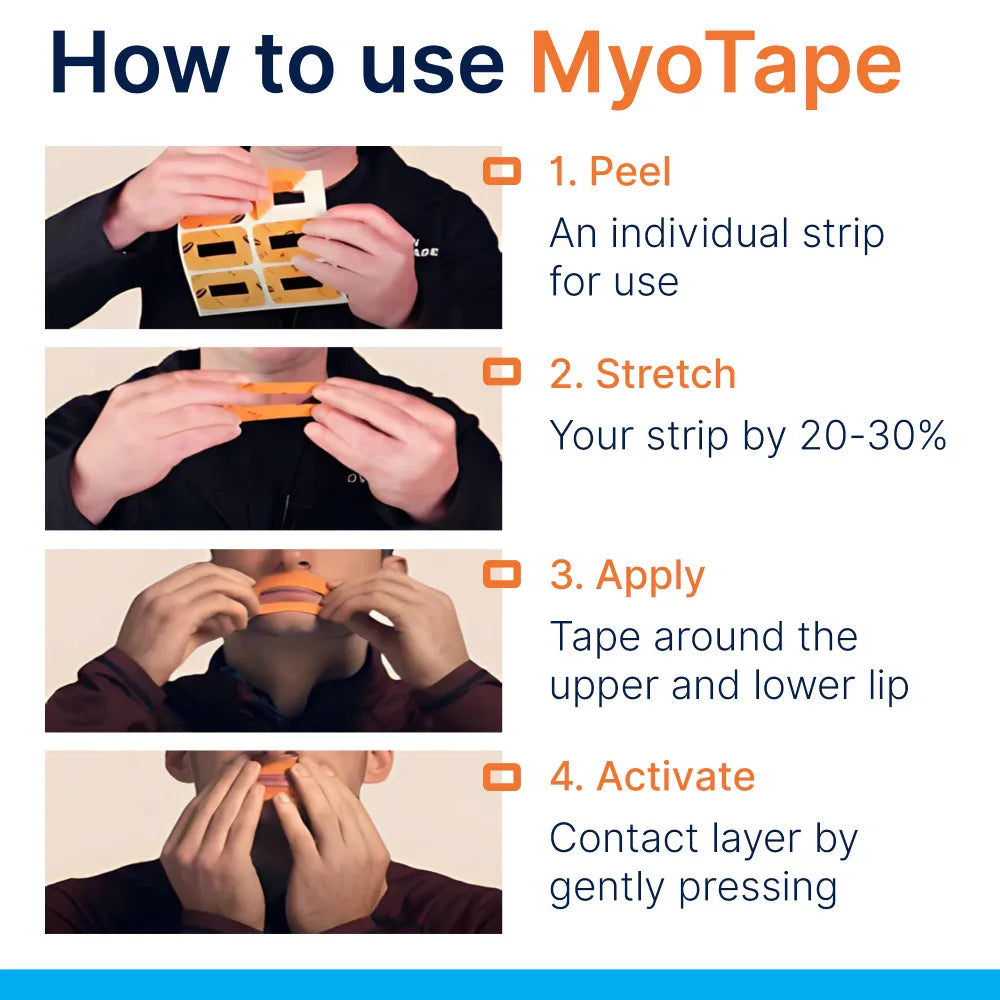
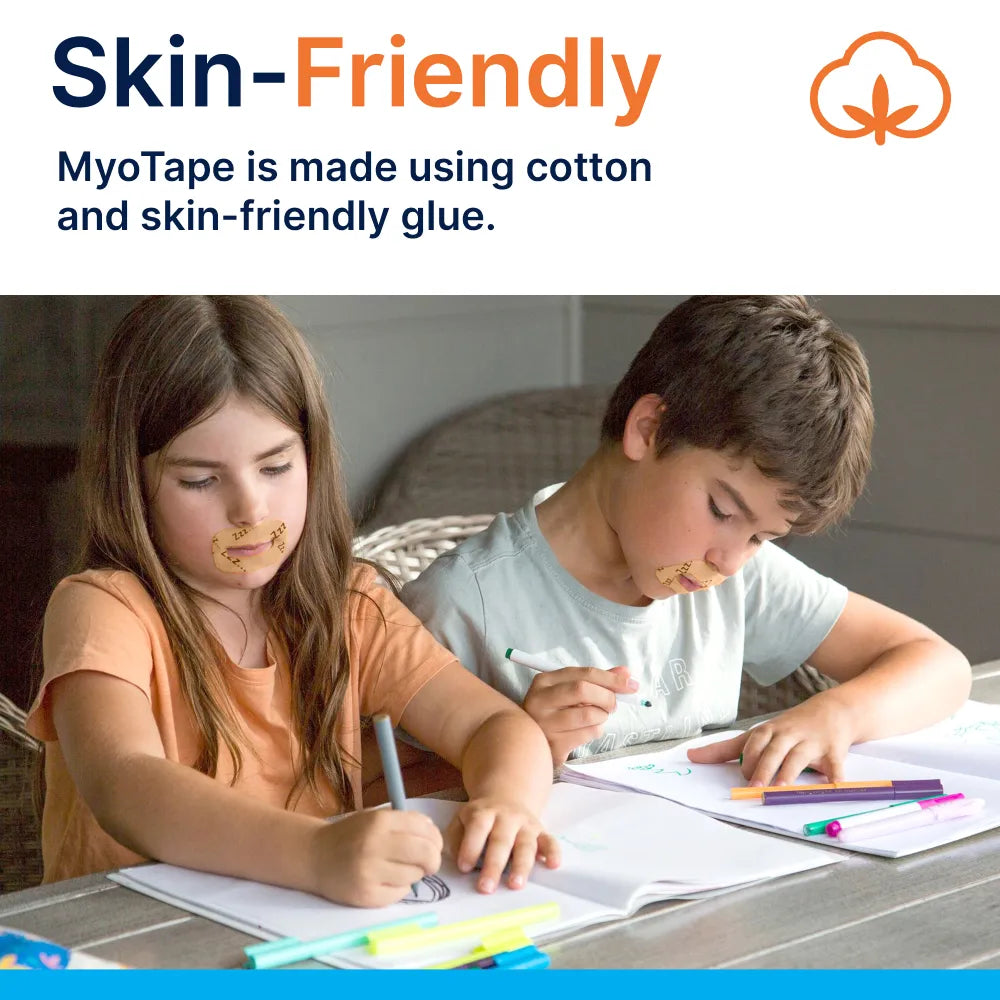










0 comments